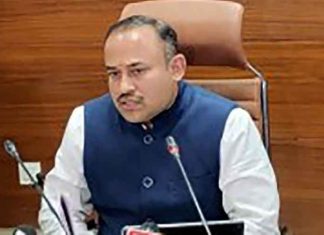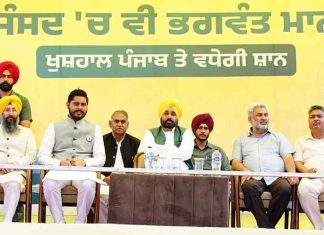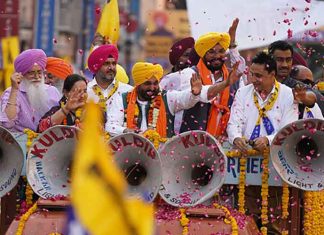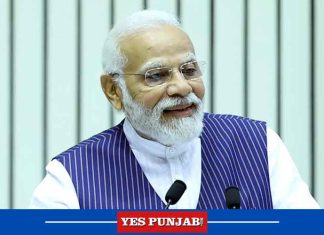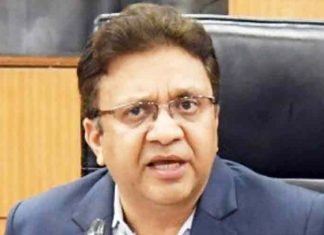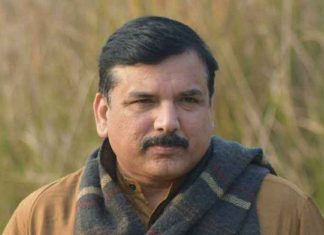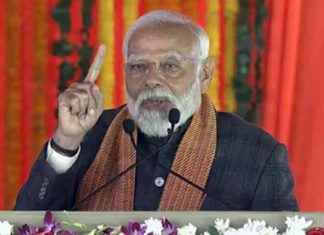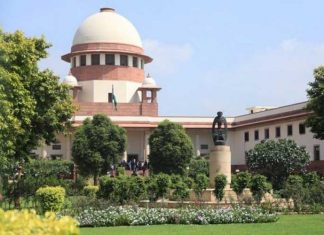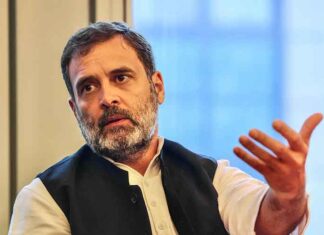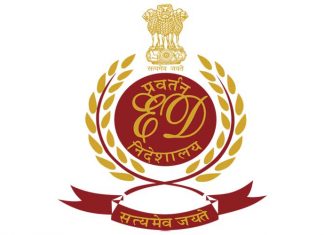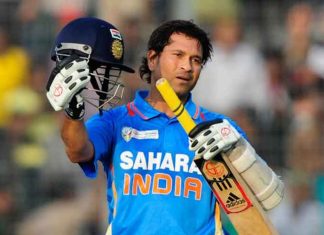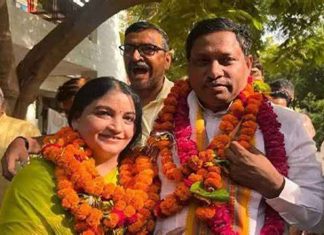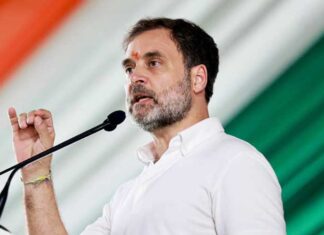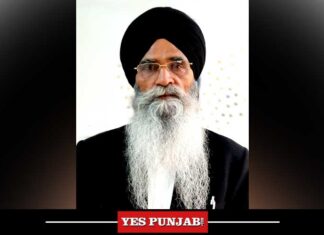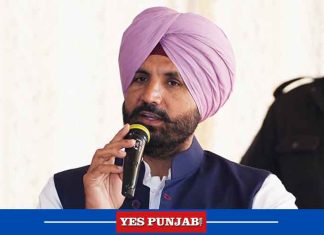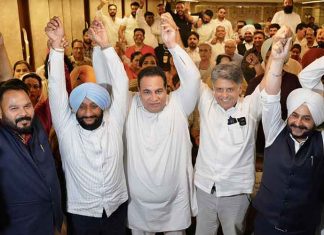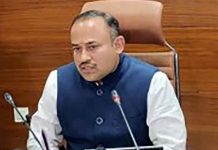It is an indescribably inspiring feeling to see a ‘fauji’ on the move – clad in his camouflage uniform at a railway platform with his oversized knapsack, or if it’s a family moving, a seemingly endless number of trunks carrying their household items. The railways ferry our soldiers to every part of the country but the scene has been disrupted lately.
The Central government on June 14 rolled out its ‘Agnipath’ scheme for short-term recruitment of other ranks in the armed forces, and the aspirants literally set the nation on fire. Starting with Bihar on June 16, protests raged across the country demanding the scheme’s withdrawal and by June 17, 12 trains were set ablaze, movement of about 300 trains were hampered, 214 trains were cancelled, 11 were diverted, and 90 were terminated before their destination.
In the wake of this mayhem, prohibitory orders were enforced in several places for extended periods. In less than a week, the protests have been neatly clamped and it is incumbent on the aspirants to produce a proof of non-involvement in the protests to qualify for the recruitment scheme.
But why do Indians join the defence forces, the army in particular? As per the Indian Army’s official homepage, as on June 22, it “promises both professional and personal growth at every stage of the career. Opportunities to upgrade through various courses are abundant… An opportunity is even provided to upgrade your civil qualification by availing two years paid study leave”. Lists the perks and privileges, it goes on to say that “In fact you are paid to lead a healthy life in a healthy environment”.
How far will this claim hold true with the Agnipath scheme taking effect?
Why young people feel insecure?
The ‘Agniveers”, as those selected under the Agnipath scheme will be called, will be trained and engaged for a period of four years. Upon completion of these, the Aginveers will be returned to society. It is expected that by this time, they will have turned into a skilled workforce to be absorbed by other sectors and pursue careers of their choice.
However, this four-year service period inclusive of training is a critical cut-down form the ten plus years of hardcore service of a seasoned soldier that is rendered until now. And with it comes the hack in most service-related aspects that drove one to become a soldier.
“Our jawans come from rural areas. They are not city boys who could fend for themselves. Even for his wedding, the first question is ‘pakka naukari hain na?’ (is it a stable job?),” Lt. Gen. Bhopinder Singh (retd) told IANS, highlighting that job security is the cornerstone of pursuing a career in the military.
“Today’s generation is very aware, they understand everything. So, he gets most insecure… To ‘die for the country’ is rhetoric, but for an insecure person, what do you expect him to die for? For us, it is the regimental name, we die for that. It is one of those things and with insecurity prevailing, that’s not possible.”
On the condition of anonymity, a retired senior official from the Defence Ministry, shared his civilian perspective: “I can’t tell how this ‘reform’ will turn out in effect but I know for sure that if I tell a boy to climb a hill and he knows that he will find a gun-wielding person there who will kill him, there needs to be some motivation to get him to still climb that fatal hill. That can happen only when I have spent sufficient time developing camaraderie with him.”
“We civilians don’t face military aggressions – nor do most officers. The ones facing maximum brunt of critical military situations are the boys from villages. He draws his motivation from his community, or regiment, or whatever else – our regiments are up to 200 years old – they have a sense of pride and belonging that they accomplished feats together. Four years cannot yield this manner of affinity and motivation,” he contends.
The age profile
Lt. Gen. Singh (retd), who has seen combat in both the 1965 and 1971 wars, also says: “The sepoys in the Army are commanded by junior people- naiks, subedars are all over 30. In Kargil (war), all the officers and JCOs went up, all within age 30 to 40 and they performed fantastically. So, to say that 25 is a youthful profile, I don’t know what is understood by it.” Gen Singh was part of operations of both ’65 and ’71 wars.
The retired bureaucrat says: “At present, the average age of a serving non-officer is 26. This 26-year-old will be replaced by a 23-year-old. So, for the age profile of the Army to actually change, it will take many years, likely more than a decade for any effects to show.”
“This age profile business is nonsense. If a jawan can perform at 35 to 40, then what is the problem?”. Lt. Gen Singh goes a step further: “The government doesn’t understand the age aspect but I don’t blame them… If I ask for a youthful profile of politicians, then what happens?”
The price of this experiment
With the armed forces recruiting 46,000 Agniveers this year, Lt Gen Singh says: “It is simple, we need trained soldiers. If we train them and then tell them to go home, then what is the purpose of training them? What have you achieved?”
On the prospect of close to 40,000 young unemployed trained soldiers turning into privately-hired security guards, he said: “It will be very shameful.”
Citing the Rwandan Civil War of the 1990s to warn of significant role of immobilised soldiers, the retired bureaucrat said: “So, you train a person in the technique of killing and then discard him in 4 years. He can become a ferocious creature. This aspect has not been given much thought…”
“Considering the financial aspect… is the monetary gain justified against loss of camaraderie and fighting integrity? I don’t think it is worth it.”
Given that this scheme has no scope of investing in the Agniveers in terms of education or any civil skill that could help them secure a peaceful future, these 20-somethings will be left stranded after a brief military service with no direction for a career. Their military training will not even give them a head start in aspiring for the officer level in the same field because of lack of basic education and preparation.
Lt. Gen. Singh said: “This is out of question. CDS (Combined Defence Services) demands a lot of preparation. These (Agniveers) will not have time to prepare for anything else given the nature of military training.”
The Indian economy is less likely to have room for barely-educated, gun-trained youth.
What should have been done instead
Both the experts were of the view that there ought to have been deeper deliberation and a pilot project should have been launched first, conducting the experiment with paramilitary forces or the police. If it worked there, it may could then introduced in the armed forces suitably.
The expenditure on an officer is 3-5 times more than a non-officer in the Army. “If officers are retired sooner (in 7-10 years), they are in a much better place to contribute constructively to society. He’s educated and has a world view, and is still young enough to start a fresh career,” opines the retired bureaucrat.
“Ultimately, it is a political thing to ensure some recruitments before 2024. A better way to come out with it (Agnipath) would have been to explain that this is in response to China’s aggression, or that the security apparatus needs an upgrade.”
As matters stand now
It is nowhere indicated that the savings made from recruiting and retiring young soldiers without a pension will be invested in the defence sector or for the good of the personnel community.
Reserving a portion for the Agniveers in central para military forces is “basically just substitution, not addition… when there’s a lateral shift, there are no new vacancies generated. The catchment areas of the soldiers remain the same,” said the former bureaucrat.
The former bureaucrat highlights the fact that no strict action has been taken against these protestors despite arson and mayhem as “they are the core of the country. Jats, Gujjars, Rajputs, and Brahmins are largely the communities with which power rests and acting against them could become a reason for social unrest”. These communities also contribute significantly to the armed forces.
While the long-term impact of a lowered age profile in the forces is yet to be tested for impact on the organisation and efficacy, in the unemployment-stricken economy of a rising India, this may not the most ideal step to secure the frustrated youths’ futures. (Agency)
Subscribe to YesPunjab Telegram Channel & receive important news updates




